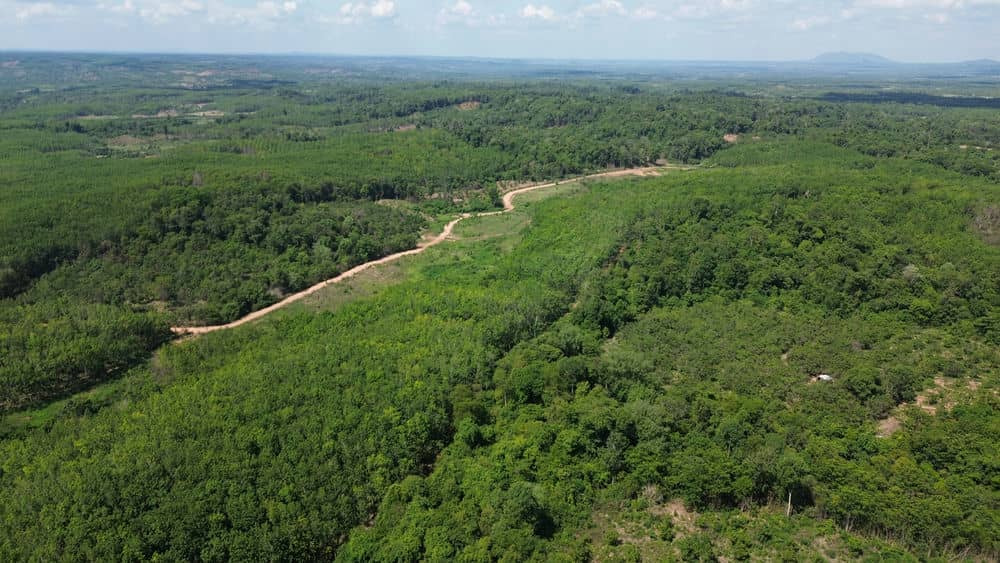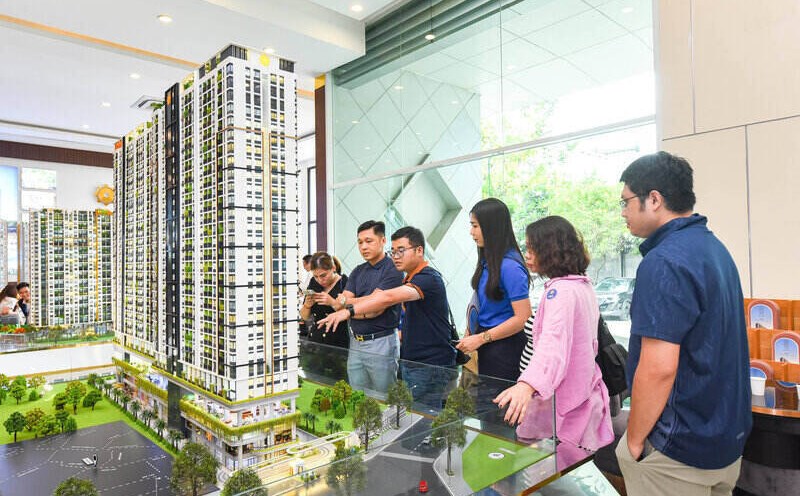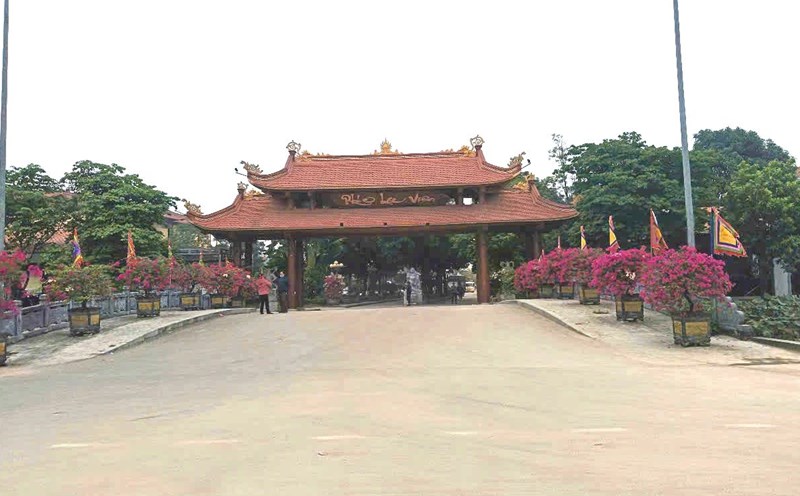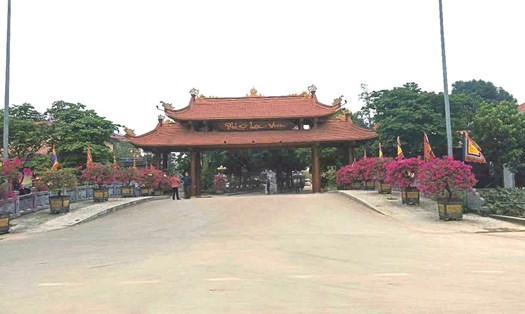Since 2008, more than 50,000 hectares of poor forests in Gia Lai have been converted to rubber plantation projects to serve economic and social development.
However, currently, according to statistics from the Department of Agriculture and Rural Development of Gia Lai province, the whole province has 7 investors in rubber planting projects that are underdeveloped and have died with 22 projects, total area of more than 12,000 hectares.
Typically, the rubber plantation project of Quang Duc Export Trading Company is underdeveloped and dead, with more than 2,288 hectares, accounting for 65.68% of the total project area.
Mr. Thai Hong Nhan - General Director of Quang Duc Export Trading Company - said: "The company and workers have selected varieties, planted and cared for rubber trees according to technical procedures. However, the rubber trees are still stunted and gradually dying."
The project did not bring about results, causing economic exhaustion for investors and making life difficult for workers.

In response to the above incident, the Ministry of Agriculture and Rural Development established a working group consisting of scientists and experts to conduct a field survey. The working group then concluded that the climate, soil, and soil quality of the border dipterocarp forest terrain were not suitable for large-scale rubber plantation.
The soil is mainly sandy soil or sandy loam, which is suitable for the tree to grow roots and develop in the first 2-3 years, after which it cannot grow any more and the rubber tree will gradually die.
To avoid land abandonment and waste, some investors have experimented with planting new varieties of sugarcane and cassava on an area of only a few hundred hectares. Notably, some agricultural crops have grown well.
Specifically: Chu Pah Rubber One Member Co., Ltd. has a plan to test planting corn (for seeds); General Company 15 - Branch 710 has a plan to plant some more forestry trees such as Eucalyptus, Acacia, Acacia or test planting rice.
Quang Duc Export Trading Company proposed to build a high-tech agricultural development project...
To avoid land resources being left fallow and wasted for many years, investors hope and propose that the Standing Committee of the Provincial Party Committee and the People's Committee of Gia Lai province allow the conversion to other agricultural crops on the entire rubber tree project area under the forestry land planning.
Only then will land be put into effective use, avoiding waste, contributing to the development and economic recovery of investors.
Regarding this issue, the Ministry of Agriculture and Rural Development has also reported and received the Prime Minister's approval to allow Gia Lai province to convert the crop structure on the area of dead and underdeveloped rubber trees to grow other forestry trees or agricultural crops. However, the conversion of crop structure must be carefully calculated and truly effective to replicate the model.











